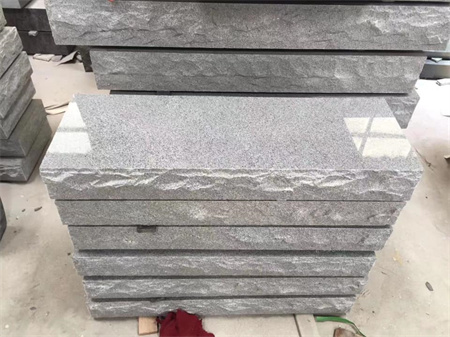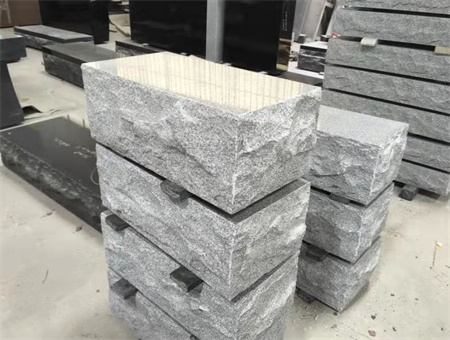The Environmental Impact of Granite Quarrying for Memorial Stones

The Environmental Impact of Granite Quarrying for Memorial Stones

The extraction of granite begins with the removal of large blocks of stone from quarries, a process that can be both destructive and resource-intensive. In regions where granite is abundant, quarries often expand into previously untouched landscapes. This destruction of natural habitats can have a direct impact on local wildlife. Forests are cleared, and once-thriving ecosystems are replaced with vast, barren expanses of rock and debris. Many species of plants and animals, especially those that rely on specific habitats, can face displacement, or even extinction, as their environment is destroyed. The long-term effects of such habitat disruption can be devastating, particularly when it comes to biodiversity.
As the granite is extracted, it must undergo several stages of processing before it can be shaped into memorial stones. The first step involves cutting the massive stone blocks into smaller, more manageable pieces, often with the use of heavy machinery. These operations produce large amounts of dust, which can pollute the air and negatively impact the surrounding area. Airborne particles, particularly silica dust, pose significant health risks to quarry workers, who may develop respiratory issues from prolonged exposure. The environmental toll does not stop at air pollution; the heavy machinery used in these operations often causes soil erosion and compaction, further damaging the land.
Water use is another critical concern in the granite quarrying process. Water is needed to cool the cutting tools and reduce the dust generated during processing. However, the excess water is often contaminated with chemicals and slurry, which can seep into nearby water sources. This pollution can harm local aquatic life, as well as the communities that rely on these water sources for drinking and agriculture. In some cases, quarrying operations have been linked to the depletion of local water resources, particularly in areas where water is already scarce. This can create tension between quarrying companies and local residents, who may rely on clean, accessible water for their livelihoods.

The environmental effects of granite quarrying for memorial stones can be mitigated through better practices and increased awareness. One promising approach is the use of more sustainable quarrying methods that reduce environmental damage. For example, some companies are experimenting with techniques that use less water and energy, while others are focusing on reducing dust emissions and improving worker safety. Additionally, efforts are being made to recycle waste materials from the quarrying process, such as stone dust, which can be repurposed for use in construction or other industries.
Furthermore, the demand for granite can be reduced by promoting the use of alternative materials for memorial stones. Several options exist, including locally sourced stones, recycled materials, or even biodegradable memorials made from eco-friendly substances. By shifting towards these alternatives, individuals can help lessen the environmental strain caused by granite extraction.
Public awareness also plays a crucial role in minimizing the environmental impact of granite quarrying. As consumers, people have the power to choose more sustainable options when selecting memorial stones. Supporting companies that prioritize eco-friendly practices and materials can help drive change in the industry. Additionally, promoting the responsible sourcing of granite and holding quarrying companies accountable for their environmental practices can encourage more sustainable methods of extraction.
The process of granite quarrying, while essential for creating the memorial stones that mark significant milestones in life, is not without its environmental costs. From habitat destruction to water pollution, the industry leaves a lasting mark on the planet. However, through conscious choices and the adoption of sustainable practices, it is possible to reduce the negative impacts of granite quarrying and work towards a more balanced relationship between industry and the environment. By rethinking how we source and use granite, we can preserve both our natural world and the cultural traditions that memorial stones represent.
